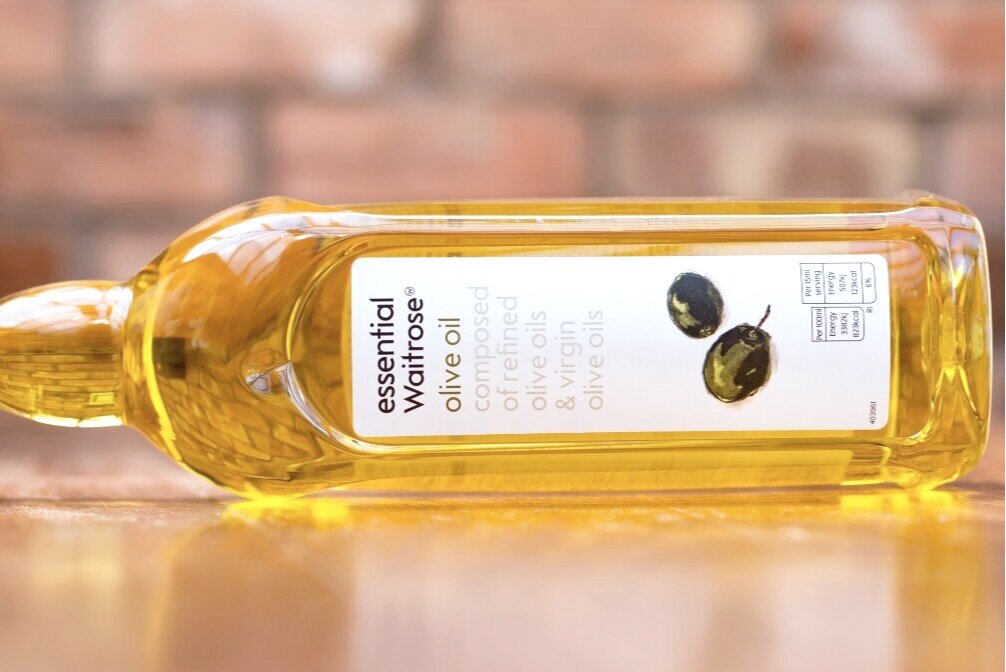Why BOPP is the king of film label materials
As you dig into labeling options for your product container, you’ll see one term pop up again and again: BOPP. It stands for biaxially oriented polypropylene and it’s an incredibly popular label material.
There are countless benefits to choosing BOPP for your product label — printability, durability and customizability, just to name a few. Like anything, BOPP has its limitations, but across container types, product categories and label designs, you’ll find BOPP specified as the facestock more times than not.
What, exactly, is BOPP?
BOPP is polypropylene film which is stretched in both machine and cross directions during production. And a lot of the differences between BOPP and other films can be traced back to this manufacturing method.
BOPP vs. other films
The biaxial orientation of BOPP material aligns the polymer chains, increasing the film’s modulus and tensile strength. Machine-direction oriented (MDO) films, which are stretched in only one direction, are less rigid and more comfortable than BOPP. Un-oriented films offer a bit more conformability for squeezable containers but are less easily printed and dispensed.
The manufacturing method of the film, and the inherent properties of polypropylene films, lend BOPP labels a range of properties like:
Clarity, allowing brands to achieve the “no-label” look.
Water, UV and chemical resistance, making BOPP suitable for even the most acidic products and moist environments.
Excellent printability, especially as BOPP is often equipped with a topcoat which anchors the ink to the surface of the film better.
Rigidity, making BOPP labels easy to die-cut, dispense and apply the label to your container.
Is BOPP the right material for your product label?
Label material selection is about finding a construction that works with your container shape, meets your aesthetic preferences, will perform in your product’s environment (e.g., shower, outdoors, kitchen cupboard, etc.) and fits within your packaging budget.
You’ll start with your label vision — how you want your label to look — and then find those materials that will bring it to life without wrinkling, degrading or popping off your container throughout the entire product lifecycle: Manufacturing, storage, shipping, retail display and customer use.
Material selection conversations never start with, “Do I use BOPP or another material?” BOPP is chosen so often simply because it checks all of the boxes in many situations, is widely available and competitively priced.
When you shouldn’t use BOPP
During the selection process your label printer will typically ask questions like:
In what environment will your product be used?
Can you describe your vision for the look of your label?
Are you incorporating embossing into your label design?
Do you need your label to be “tear-able?”
If you answered “yes” to the last two questions, you shouldn’t choose BOPP. This material does not have the ability to be embossed. It also is too strong to be torn by hand, but can be cut instead of torn, if need be.
In regards to the environment, BOPP will degrade in the extreme conditions. If your product will be used or stored outdoors, you’d do well by choosing a vinyl or polyester label film instead.
But in practically every other situation, BOPP will work just fine — and the decision about whether or not to use it boils down to budget and aesthetic preferences.
Want a rich, textured feel? Then estate paper is a good choice. Need a bar code label? A cheaper paper label will probably suffice. Want your consumers to see directly into the container? Then clear BOPP is perfect.
A quick walk-through of what’s possible with BOPP
Nearly any label vision can be brought to life with BOPP — about the only thing you can’t do is emboss them. They’re easily die-cut, meaning you can get BOPP labels in any custom shape. And you can choose between two varieties colors: Clear BOPP to achieve the “no-label” look or white BOPP to make your label graphics pop on the shelf.
Achieving the “no-label” look
Clear BOPP labels can be designed, printed and applied to give the illusion that the graphics are directly printed on the product container. To achieve this look, you’ll need to carefully consider your graphics, container and the color of your product
Your label design should have thick lines, larger text and high-contrast colors outlining any art (e.g., a dark green leaf outlined with a lighter green color). All art should be in contrast to the color of the container or the product, if visible. And this look is best achieved on smooth, shiny surfaces like glass, rigid plastic and coated paperboard.
Playing with laminates to make your labels pop
Protective laminate layers are essential on BOPP labels to prevent ink from scratching and running. But it doesn’t have to be a purely functional feature.
Gloss finishes create reflective, eye-catching labels. Matte finishes over BOPP diffuse the light and give the labels a soft glow. Either way, the lamination you choose can help tailor your desired label look to match what appeals to your target customer.
So why is BOPP the go-to material for film labels?
Well, to put it simply, it’s easily customized, it looks good on the shelf and it performs in almost every product use environment.
Get more product labeling advice
If you have questions about what label materials are right for your products, we can help. Our label team has in-depth knowledge on all label stock materials and how they work with a wide range of product containers.
Call us at 855-417-8080 or email us at team@inkwiselabel.com today for help getting started on your label project.



